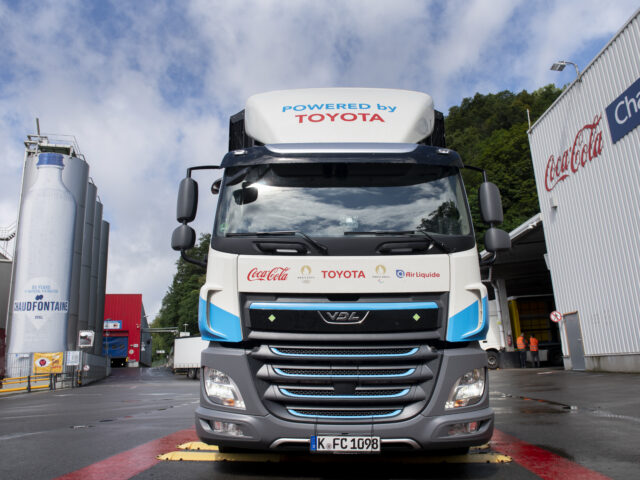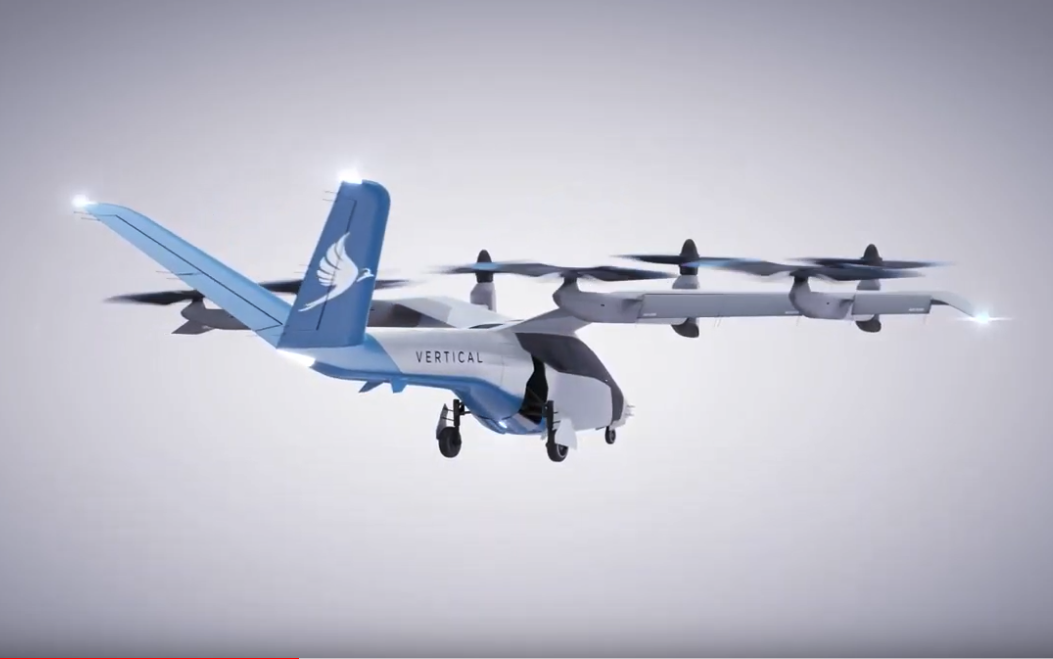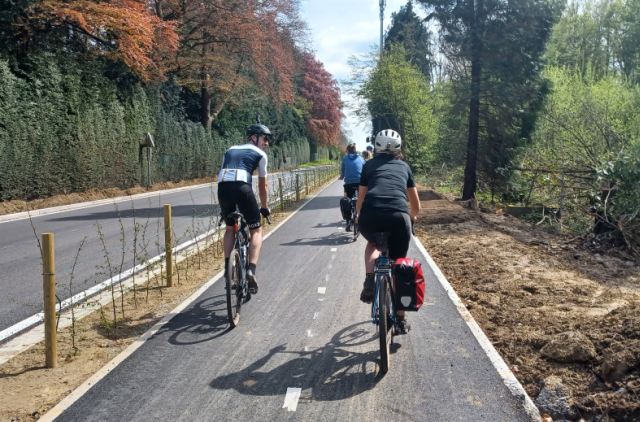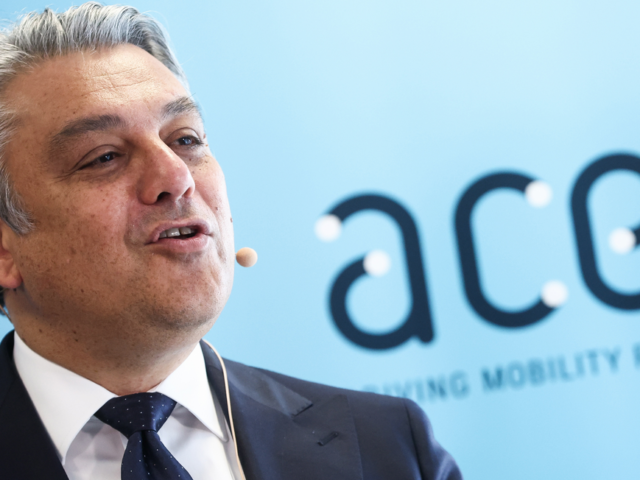
Solvay to partner in British electric air-taxi project

The VA-1X from British Vertical Aerospace is all electric air-taxi for four passengers and the pilot, capable to takeoff and land vertically like a drone and fly like a regular plane at 240 km/h cruising speed /Vertical Aerospace
Belgian materials and chemical multinational Solvay will deliver lightweight aerospace materials and technology for British Vertical Aerospa


Comments
Ready to join the conversation?
You must be an active subscriber to leave a comment.
Subscribe Today